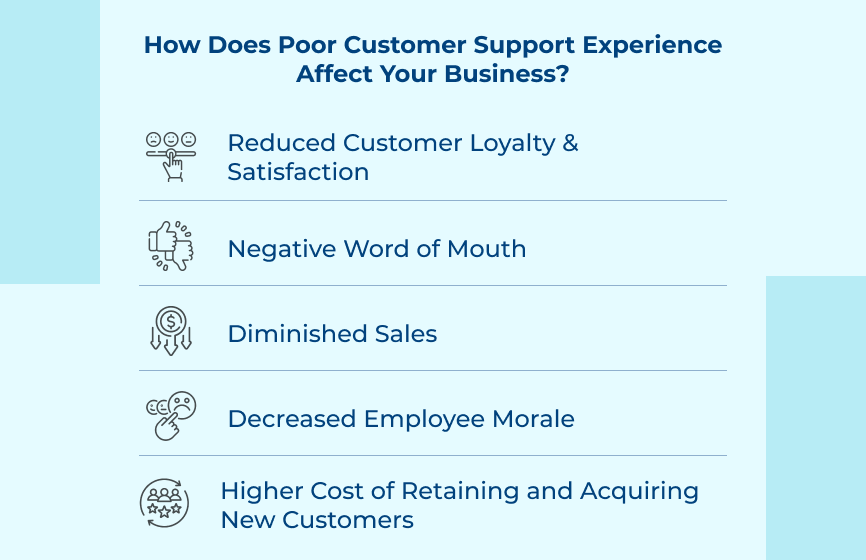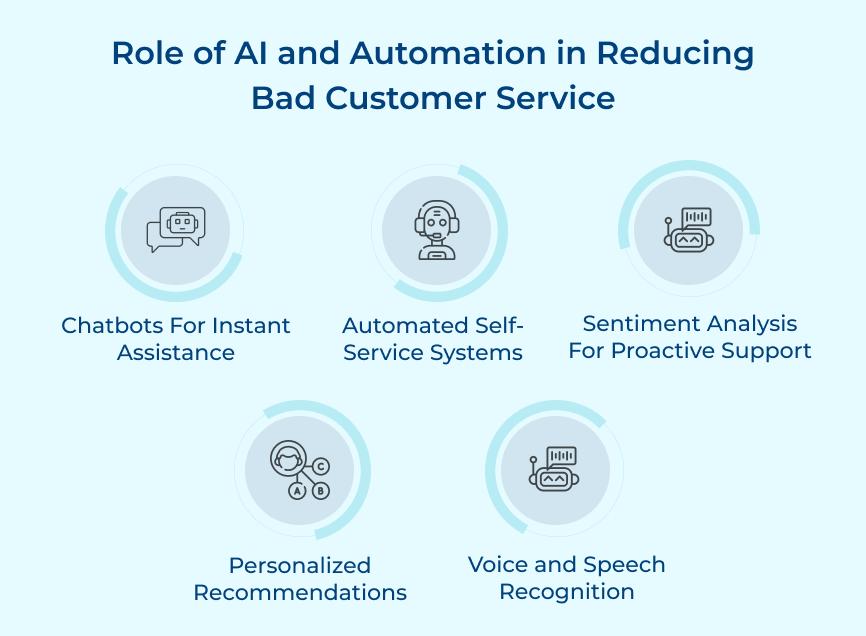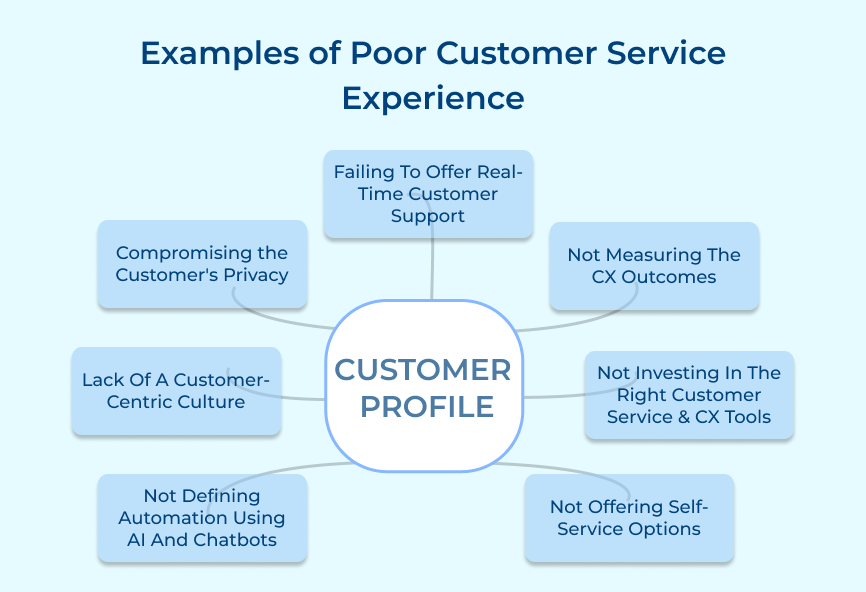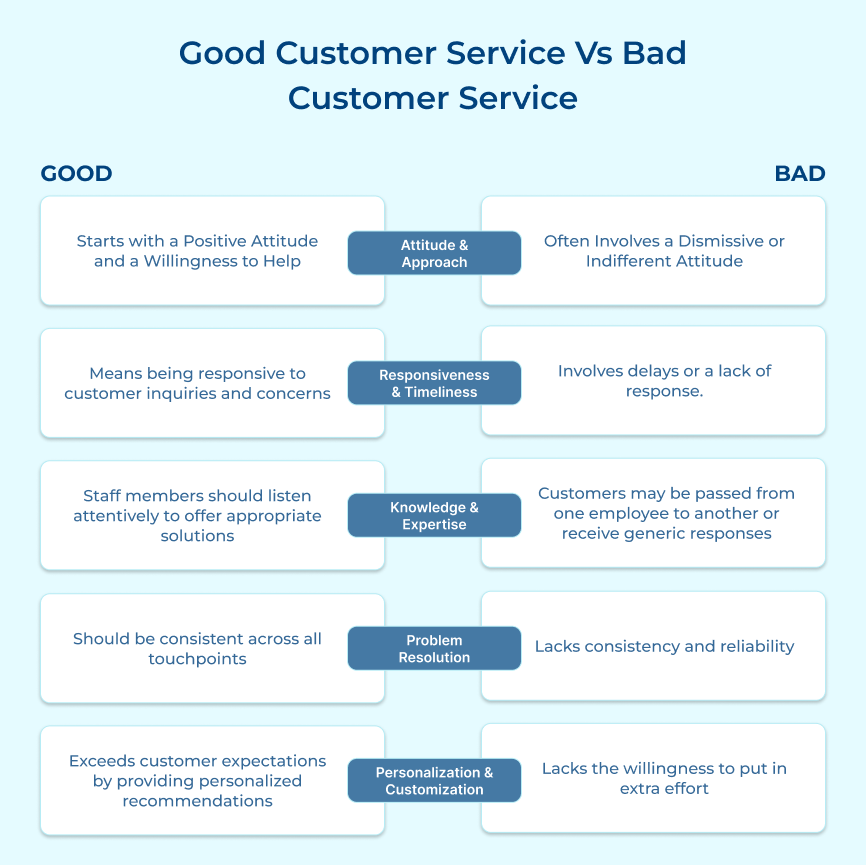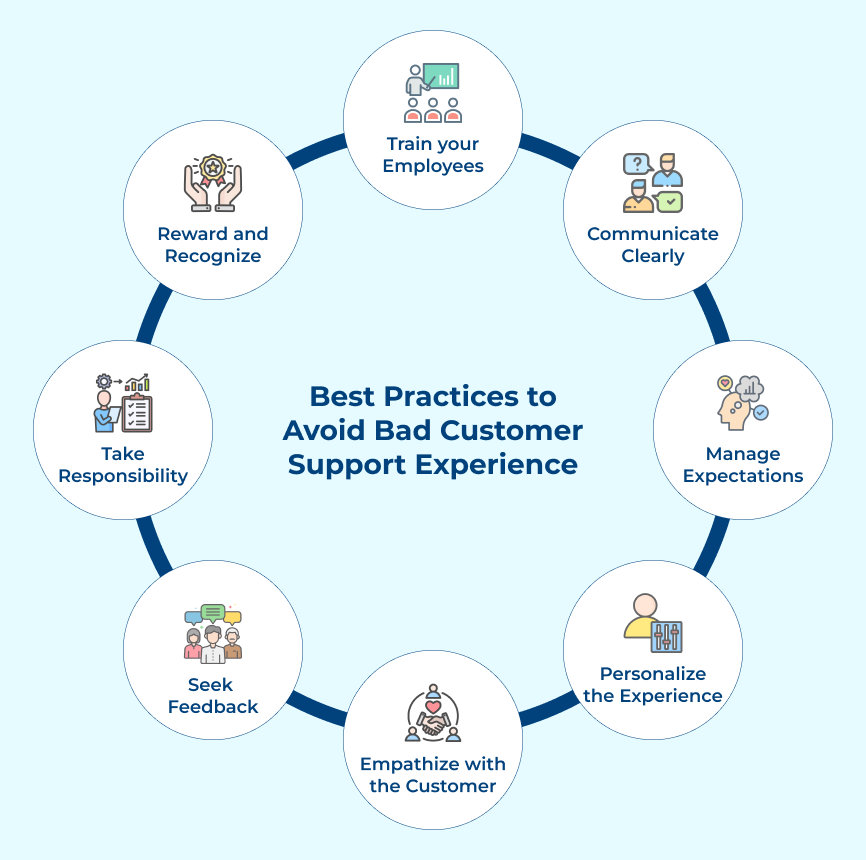You are here: Home1 | Customer Experience2 | Bad Customer Service: Examples of Bad Customer Support & Solutions...
Bad Customer Service: Examples of Bad Customer Support & Solutions Description
Delivering exceptional service is not just a goal anymore; it's a strategic imperative. Check out the most common examples of bad customer service along with their solutions to ensure your business delivers top-notch service consistently.






